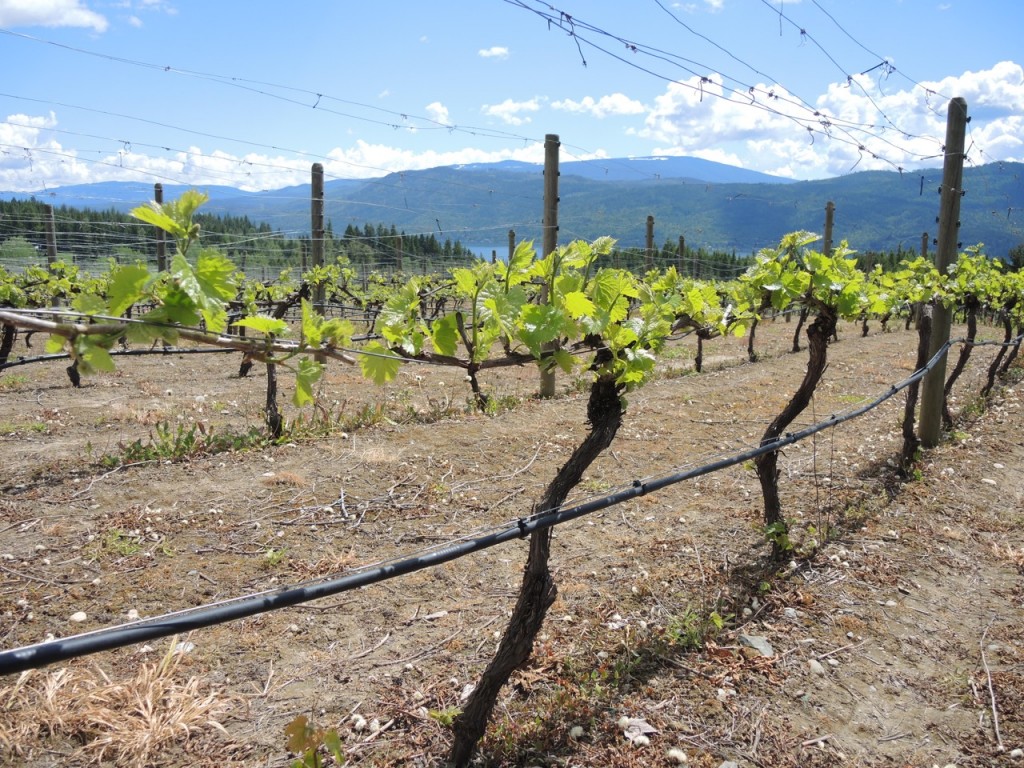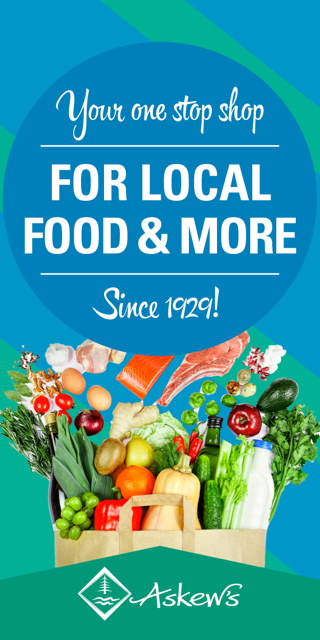Will there be fishing jobs like this work during the Adams River salmon run in 2010?
There is a project underway to better understand the local labour market with the goal to bolster employment opportunities in the future. An initiative of Community Futures in cooperation with local First Nation Bands, the Shuswap Labour Market Assessment and Action Plan begins with an Environmental Scan report that uses existing data to provide an analysis of the current employment conditions and future demand.
 At the beginning of the report there is a note about its limitations due to the significant lack of data available regarding specific employment information for the Shuswap region. Most the available data applies to the larger Thompson-Okanagan, of which the Shuswap represents only 10 percent of the population. Although the census data is specific to the Shuswap, it is from 2011, thus the Scan will be updated after the 2016 census has been fully released. One of the key purposes of the Scan is to identify the information gaps.
At the beginning of the report there is a note about its limitations due to the significant lack of data available regarding specific employment information for the Shuswap region. Most the available data applies to the larger Thompson-Okanagan, of which the Shuswap represents only 10 percent of the population. Although the census data is specific to the Shuswap, it is from 2011, thus the Scan will be updated after the 2016 census has been fully released. One of the key purposes of the Scan is to identify the information gaps.
According to WorkBC, the careers forecasted to grow significantly in the Thompson-Okanagan are firefighters, urban and land use planners, logging machine operators, insurance staff and brokers. The top five growing industries are construction, forestry, health care and social assistance, education, and accommodation and food services. Currently, according to the 2011 census, the top 8 industries for employment in the Shuswap are agriculture, manufacturing and construction, wholesale and retail trade, finance and real estate, health and education, transportation and warehousing and business services.
 Will there be any mining jobs here in the future given the opposition from First Nations and environmentalists?
Will there be any mining jobs here in the future given the opposition from First Nations and environmentalists?
In addition to the Scan there is an ongoing anonymous online survey designed to identify labour market needs in the community (find the link at beyourfuture.ca). The next stage of the action plan includes community presentations at which participants will have the opportunity to identify important and missing information. Further surveys and interviews are also in the plans.
 Tourism jobs are likely to increase, such as at the Quaaout Lodge pictured above
Tourism jobs are likely to increase, such as at the Quaaout Lodge pictured above
The overall goal of the project, to “develop the local and regional labour market” involves attempting to predict the future, which has become increasingly more difficult. Societal changes are occurring at a rapid pace with every new technological advancement. Jobs and careers exist now that were not even dreamt of a few decades ago. Not all of the changes have to do with technology, including the growing need for social assistance due in part to the stresses from the increase in income inequality and addiction problems.
Any effort to bolster employment in the Shuswap needs to consider emerging trends, including rapidly changing demographics. The population is aging, especially in the Shuswap, as more baby boomers retire here. Large cities, including Vancouver, Calgary and Edmonton, are becoming increasingly unaffordable and residents are selling their expensive homes and many are leaving to live in smaller communities.
Already, the largest source of income in the Shuswap comes from transfer payments such as pensions and investments and this trend will likely continue to increase. Economists use a predictive model called the multiplier effect for workers in various industries that show that for each industrial job, additional service jobs are created. The same effect can be applied to retirees, who also require services.
 Ecotourism is a rapidly growing industry that appeals to older residents and visitors
Ecotourism is a rapidly growing industry that appeals to older residents and visitors
Other trends that apply to the Shuswap include the increase in outdoor recreation activities; the increasing demand for locally produced, quality food and beverages; and the remarkable increase in the number of lifestyle businesses such as yoga studios, alternative medical practices, and skin and hair care salons. As well, home-based businesses are on the increase, including those that are Internet based.
The Shuswap has seen a new agricultural industry emerge in recent years – winderies, which not only employ many workers but also improve tourism
The labour market project would also benefit from a SWOT analysis, by looking at this community’s strengths, weaknesses, opportunities and threats. Our strengths include our magnificent scenery, clean water, rich agricultural land, friendly communities and low population numbers. Weaknesses are few, but the lack of affordable housing and rental accommodations definitely needs attention. The opportunity to improve recreational infrastructure is underway, however more needs to be done to improve food security. Water pollution, especially from industrial agriculture, is a concern, but efforts are being made to address the problems. Climate change is the major threat and more adaptation efforts are needed.
POSTSCRIPT
Much more can be written about this topic. When the consultants do incorporate the 2016 census information, it will show how Salmon Arm’s population is getting younger (average decreased by one year), which is good news. The Survey should also investigate how many families in the Shuswap are supported by a breadwinner who works in the oil and gas industry in either Northern B.C., Alberta or Saskatchewan.
There are many uncertainties about the future job market. One of the wild cards is the impact of automation, which is resulting in the loss of employment in many fields including retail and soon, transportation.
Climate change could in the short term result in a rapid influx of new residents, as they flee rising waters on the coast and extreme temperatures in more southern latitudes. As a result, construction jobs will increase substantially, as will services for the new residents. As well, climate change weather disasters will result in new construction to replace damaged structures as we see happening in Fort Mac.
Once of the impediments to new jobs is the trend that results in seniors working longer, because they can no longer afford to retire at age 65. This means there are fewer jobs for young people. Improving pensions and establishing a guaranteed annual income could help with this problem.
Many jobs of the future will be those created by individuals as a result of ingenuity and innovation. For example, there are new food businesses such as baking and cracker manufacturing that have been a great success. Other home based businesses include computer repair, website design, and art.
Perhaps the best idea for the study of local employment would be to survey existing businesses to find out what has been successful recently to better gauge local trends.









